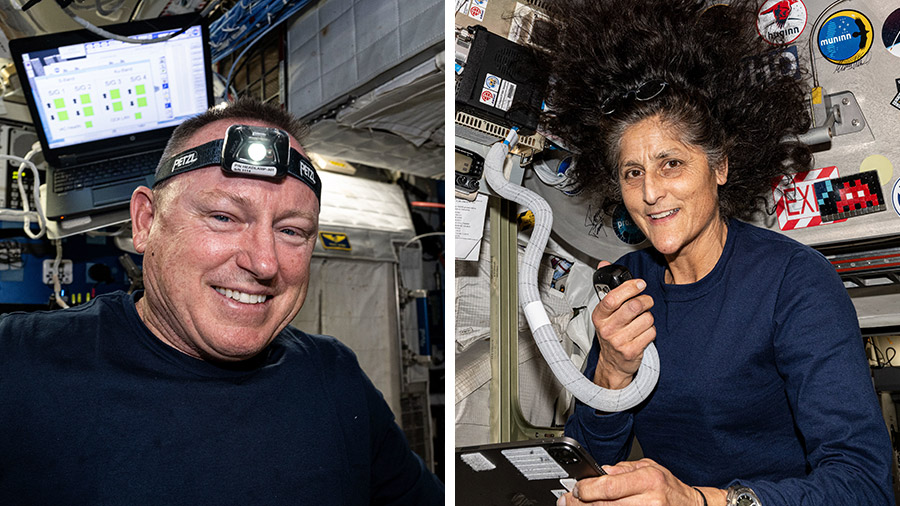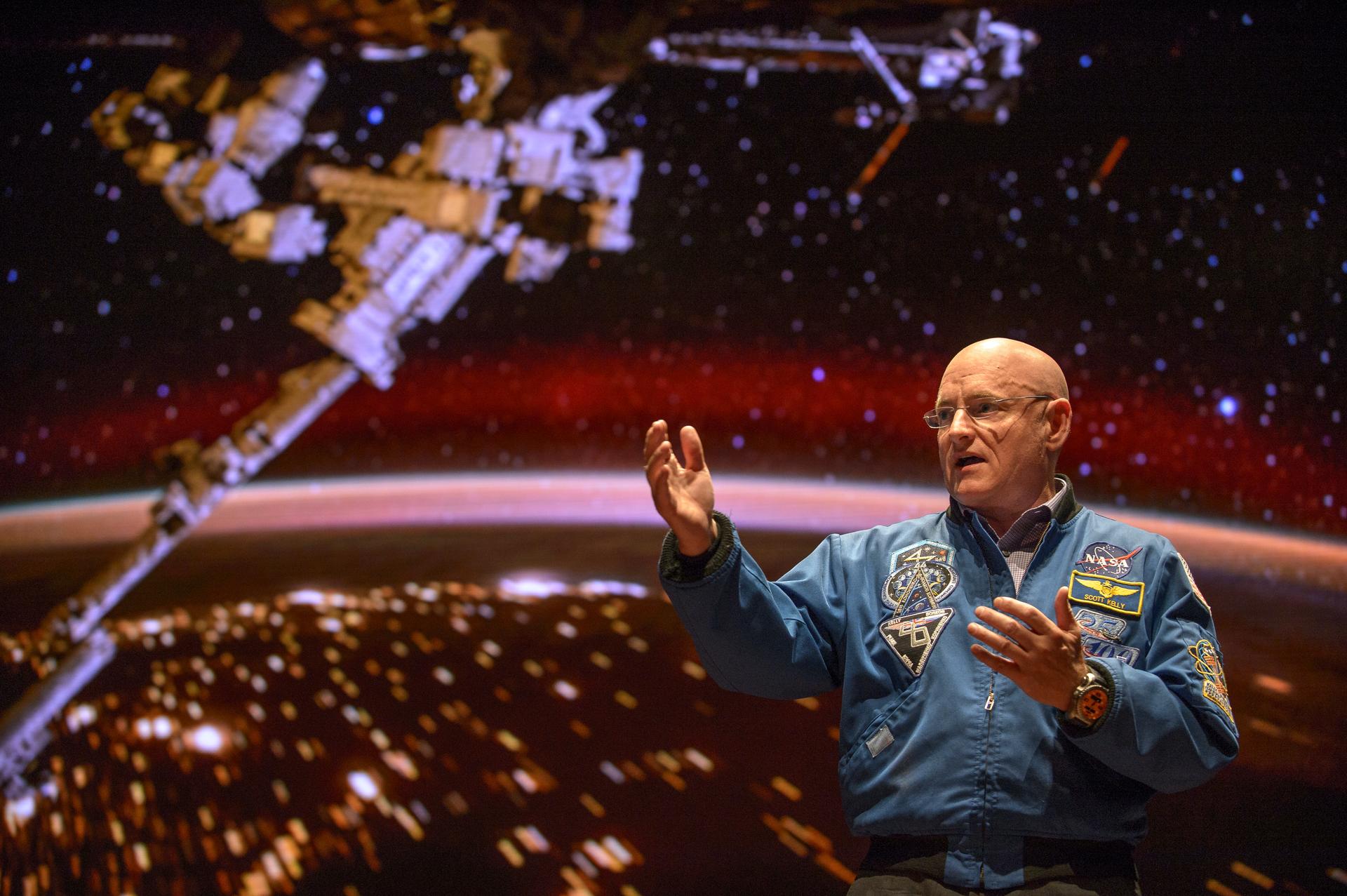Boeing Starliner astronauts will spend at least 240 days stuck in space — is that a new record?
NASA astronauts Butch Wilmore and Sunita Williams will spend at least eight consecutive months aboard the International Space Station as their Boeing Starliner spacecraft returns to Earth empty. Is their extended spaceflight record-setting?

On Saturday (Aug. 24), NASA announced its long-awaited plan to bring astronauts Butch Wilmore and Sunita Williams home from the International Space Station (ISS) no earlier than February 2025 — at least eight months longer than the initial eight-day trip they signed up for.
The return flight — which will ditch the troubled Boeing Starliner spacecraft that the crew rode to the ISS, in favor of a SpaceX vehicle — has no confirmed date. However, in the best-case scenario of an early-February return, the Starliner crew's time in space will amount to no fewer than 240 consecutive days since the spacecraft's launch on June 5, 2024. A March departure could bump that number up to nearly 270 days.
Eight straight months in space sounds like a lot, but it's far from a new record. Astronauts typically spend an average of six months aboard the ISS, where they conduct experiments and maintain the space station before returning to Earth. However, missions can extend many months longer, for a variety of reasons, including long-duration experiments and unforeseen incidents.
Who has spent the longest time in space?
The record for the most consecutive days in space by an American goes to astronaut Frank Rubio, who spent 371 days aboard the ISS from September 2022 to September 2023.
Rubio was initially expected home in March 2023, but his stay in space more than doubled after a small meteoroid or piece of space junk slammed into the Russian Soyuz spacecraft that was meant to carry him home in December 2022, causing irreparable damage. Rubio, along with Russian cosmonauts Sergey Prokopyev and Dmitri Petelin, had to wait another six months in space before a replacement Soyuz capsule arrived to bring them home.
Related: How do tiny pieces of space junk cause incredible damage?
While Prokopyev and Petelin also clocked 371 consecutive days in space, they did not break any Russian records. Cosmonaut Valeri Polyakov — who holds the record for the most consecutive days spent in space by any human — worked aboard Russia's now-defunct Mir space station for 437 days, or more than 14 months, from January 1994 to March 1995. Polyakov volunteered for this mission as part of a study of the effects of long-term spaceflight on human health.
Get the Space.com Newsletter
Breaking space news, the latest updates on rocket launches, skywatching events and more!
Other notable long-haul stays in space include American astronaut Christina Koch's 328 days aboard the ISS from March 2019 to February 2020 — the longest single spaceflight by a woman — and American astronaut Scott Kelly's 340 days in space from March 2015 to March 2016.
How does space affect the human body?

Kelly's extended spaceflight — which broke records at the time but has now been surpassed several times — was part of NASA's groundbreaking twins study, which compared Kelly's physical and mental health pre- and post-spaceflight to the baseline health of his identical twin brother Mark Kelly, a retired astronaut and current Arizona senator who remained on Earth during his brother's time in orbit.
The twin study revealed that astronauts experience a number of changes during long stays in orbit, including changes in gene expression, body weight and gut microbiome composition. It added to a still-growing body of research that shows that astronauts who spend extended amounts of time in microgravity are also likely to experience short-term health impacts such as muscle and bone loss, vision problems, lower immunity, an increased risk of blood clots and inflammation, and DNA damage. Most of these changes revert to normal after six months back on Earth, researchers have found. However, the study of spaceflight on human health is still in its infancy.
While Williams and Wilmore spend the next five to six months in space, they may experience some of these temporary changes, as well as changes in mental health associated with isolation and boredom, prior research suggests. But their extended stay in space is hardly unprecedented — and much safer than sending the pair home on a spacecraft with unresolved technical issues.
On its way to the ISS in June, Starliner sprung several helium leaks and showed issues with several of its smaller thrusters. The craft docked safely with the space station, but months of testing have been unable to resolve the issues with certainty. On Aug. 24, NASA officials announced that, in the interest of safety, Starliner will undock from the ISS without a crew in early September, sending it back to Earth empty while Williams and Wilmore wait for their ride home in 2025.
Join our Space Forums to keep talking space on the latest missions, night sky and more! And if you have a news tip, correction or comment, let us know at: community@space.com.

Brandon has been a senior writer at Live Science since 2017, and was formerly a staff writer and editor at Reader's Digest magazine. His writing has appeared in The Washington Post, CBS.com, the Richard Dawkins Foundation website and other outlets. He holds a bachelor's degree in creative writing from the University of Arizona, with minors in journalism and media arts. He enjoys writing most about space, geoscience and the mysteries of the universe.










